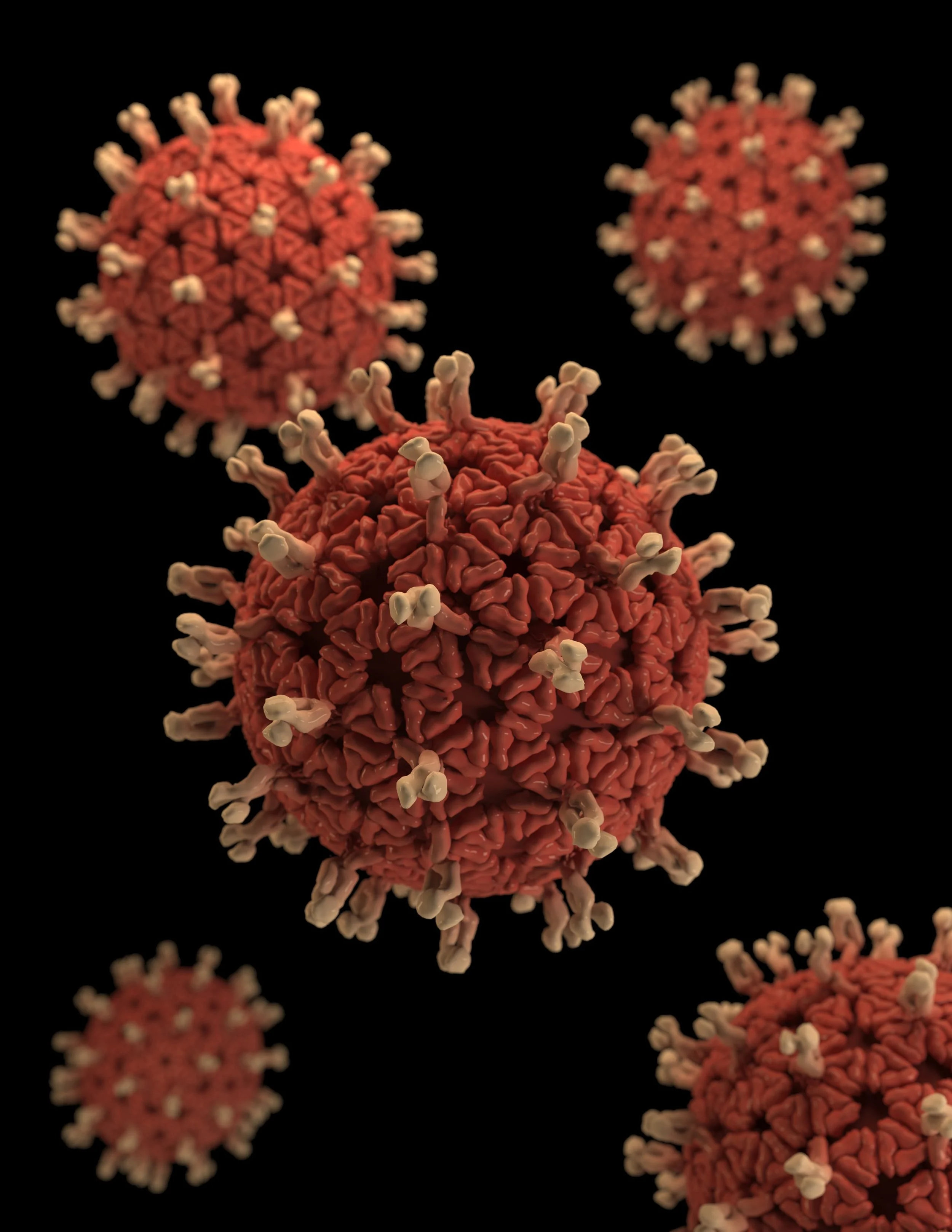This week, I put ChatGPT to work on a TidBit Tuesday. I read the summary provided by “chatty” and made some changes. What do you think? Can you tell it isn’t me writing it?
A little background information…
A new surgical technique for the management of clinical signs associated with Chiari malformation (caudal occipital malformation syndrome: COMS) in small breed dogs was published. In a nutshell, the technique places a small gap between the underlying neural tissue and the titanium mesh used to make the new skull formation after foramen magnum decompression is completed. Not many of my readers are performing this surgery however I felt it was an important advancement in our surgical understanding of this disease. My biggest complaint about doing foramen magnum decompression is that u to 20% of dogs have a recurrence of signs. That, plus a lack of resolution of clinical signs with surgery, makes me very reticent to perform this surgery on patients. This technique was little different with a very different outcome. Read on to see how they did…
1. Pathophysiologic Basis of CM/SM
Chiari-like malformation (CM) results from congenital occipital hypoplasia causing caudal displacement of cerebellar tonsils and occasionally the medulla through the foramen magnum. The resulting foramen magnum crowding disrupts normal craniospinal CSF pulsatility, creating pressure differentials that drive syrinx formation. Syringomyelia progression reflects damage to neural spinal tissue which explains neuropathic pain, phantom scratching, and proprioceptive deficits.
2. MRI Grading Does Not Reliably Predict Clinical Severity
Historically, MRI evaluations demonstrated that CM grade did not consistently correlate with ventricular dilation or syrinx dimension. Some dogs with mild CM had substantial ventriculomegaly, while others with advanced CM had mild dilation. This supports that CSF flow disturbance—rather than anatomic grading alone—determines clinical impact, reinforcing MRI’s role for diagnosis but not prognosis.
3. Biomechanical Rationale for the Titanium Mesh (TM) Gap Technique
The modified technique preserved a deliberate 5–6 mm gap between the decompressed surface and the titanium mesh. Maintaining this “decompression space” is critical because contact between implants and dura can transmit external forces and encourage fibroproliferation. By allowing tissue ingress without compression, the technique aims to prevent postoperative adhesions, recurrent stenosis, and dorsal spinal cord indentation.
4. Avoidance of PMMA Improves Safety in Small-Breed Dogs
PMMA wasn’t used in this surgical technique.
5. Preoperative CT Planning Improves Implant Fit and Reduces Complications
3D-CT reconstructions were used to identify the thickest occipital cortical areas for screw placement and to plan appropriate mesh curvature. This prevents iatrogenic damage to thin occipital bone, minimizes risk of screw pullout, and ensures mesh contouring matches the native skull dome, which distributes forces during neck flexion-extension.
6. Surgical Technique Standardization Minimizes Reoperation Risk
All 87 dogs were operated on by the same surgeon, reducing technique variability. Essential components included:
Modified decompression without dural grafting or Gelfoam (both associated with excessive scarring)
Placement of 1.5-mm cortical screws as anchor posts
Pre-shaped mesh to restore occipital curvature
Verification of safe clearance during cervical flexion intraoperatively
This uniformity likely contributed to the 0% revision surgery rate, markedly lower than the 8–30% reported in human studies and up to 25% in previous veterinary reports.
7. Postoperative Imaging Validates Long-Term Decompression
At 6 months, CT confirmed that the decompression gap remained intact with no mesh deformation, screw loosening, or dorsal compression. Maintenance of this space is essential because scar tissue maturation occurs over months; persistent patency supports the hypothesis that the mesh provides a long-term, stable barrier to re-occlusion.
8. Clinical Outcomes Demonstrate High Long-Term Efficacy
87% (76/87) of dogs had sustained improvement over a median of 35 months. Improvement included reduction or resolution of phantom scratching, neuropathic pain, and ataxia. Only 13% required persistent pharmacologic management. Importantly, no deterioration requiring reoperation occurred, despite follow-up up to 73 months (range 27-72: median 35), validating the durability of the surgical construct.
9. Older Dogs and Chronic Cases Showed Reduced Response
Non-improved dogs were disproportionately older (≥6 years) and frequently had long-standing clinical signs (≥1–2 years). This supports that chronic syrinx formation causes irreversible spinal cord damage, gliosis, and loss of neural plasticity, limiting postoperative recovery even when biomechanics are corrected. Early surgical intervention may yield superior functional outcomes.
10. Study Limitations and Clinical Implications
Although this retrospective study shows excellent outcomes, limitations include lack of blinded neurological scoring, reliance on owner-reported improvement after 6 months, and incomplete long-term CT follow-up in many patients (after the mandated 6-month scan). Nevertheless, the extremely low complication rate and consistent improvement strongly support the modified TM technique as a preferred decompression strategy in toy breeds, where limited occipital area complicates traditional grafting methods.
Given the chance, I’d definitely consider this approach on my next foramen magnum decompression! I’m away speaking at a conference in Texas until Thursday, but I look forward to working with you upon my return. Thanks for reading!
Reference: Park SS, Park JY, Han HJ. Outcomes of 87 small-breed dogs surgically treated for Chiari-like malformation and syringomyelia. Vet Surg. Nov 2025


